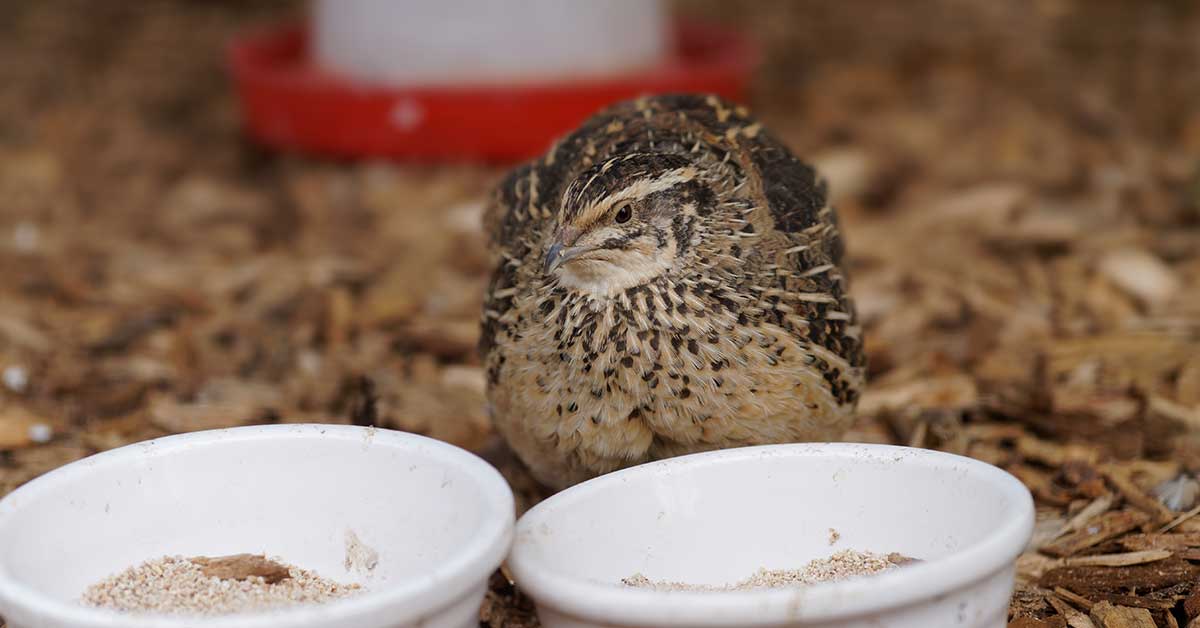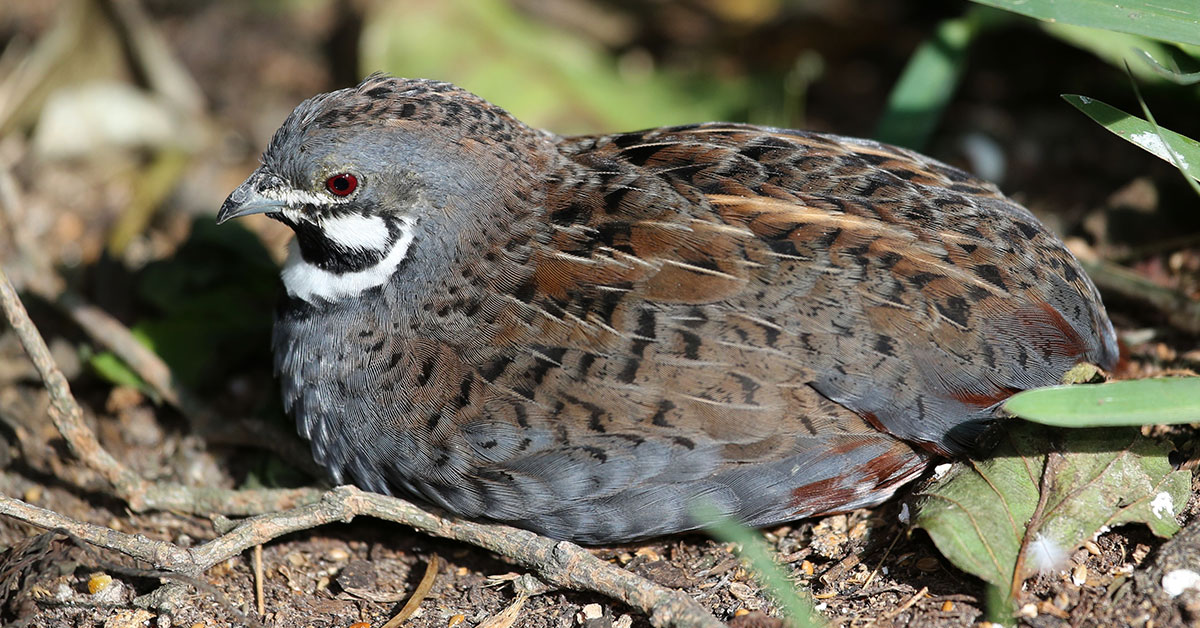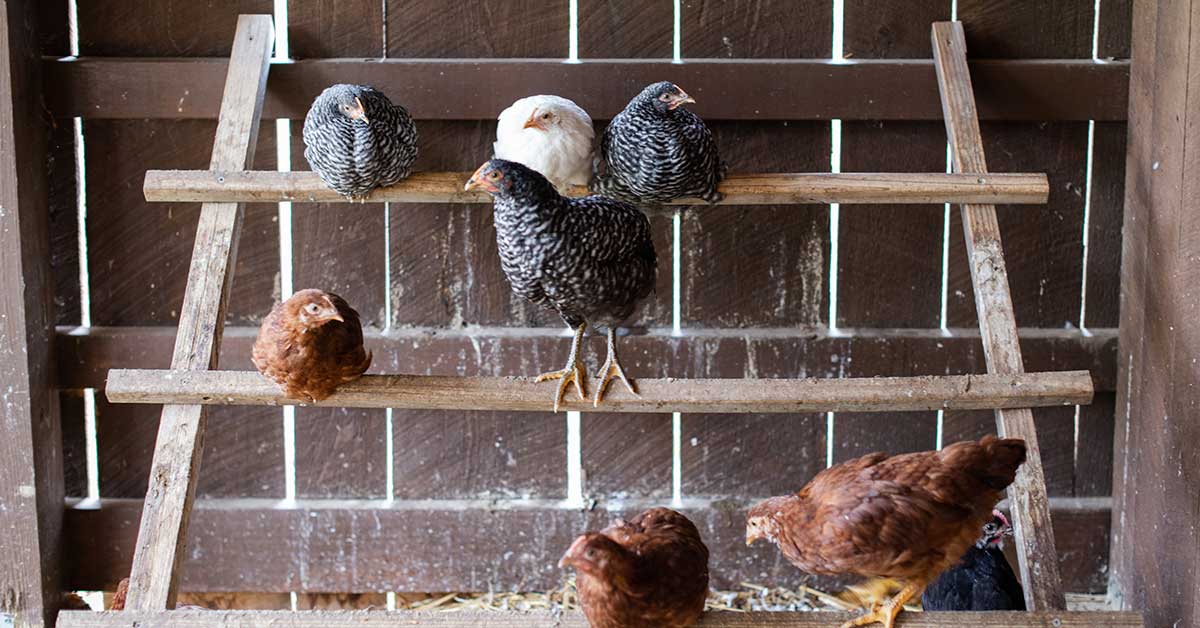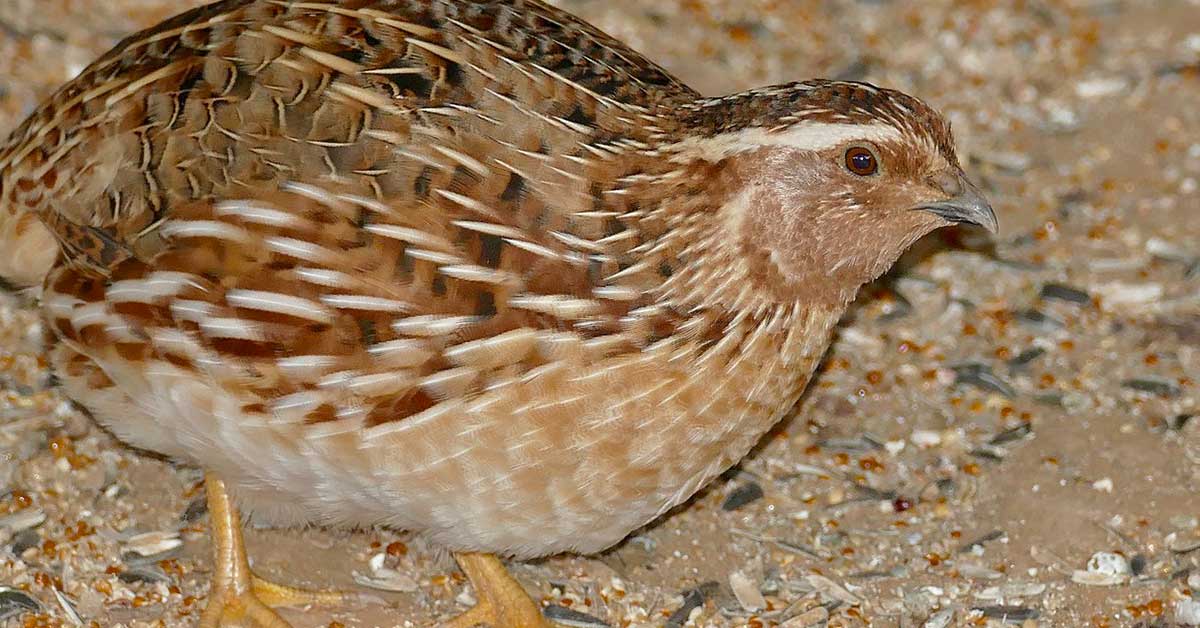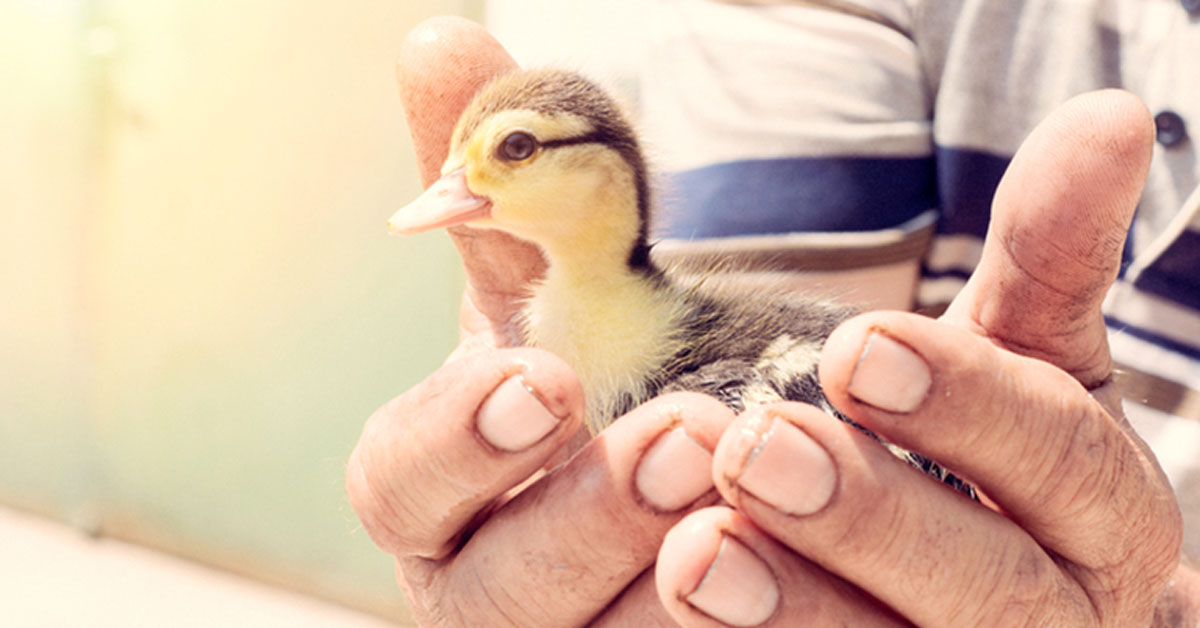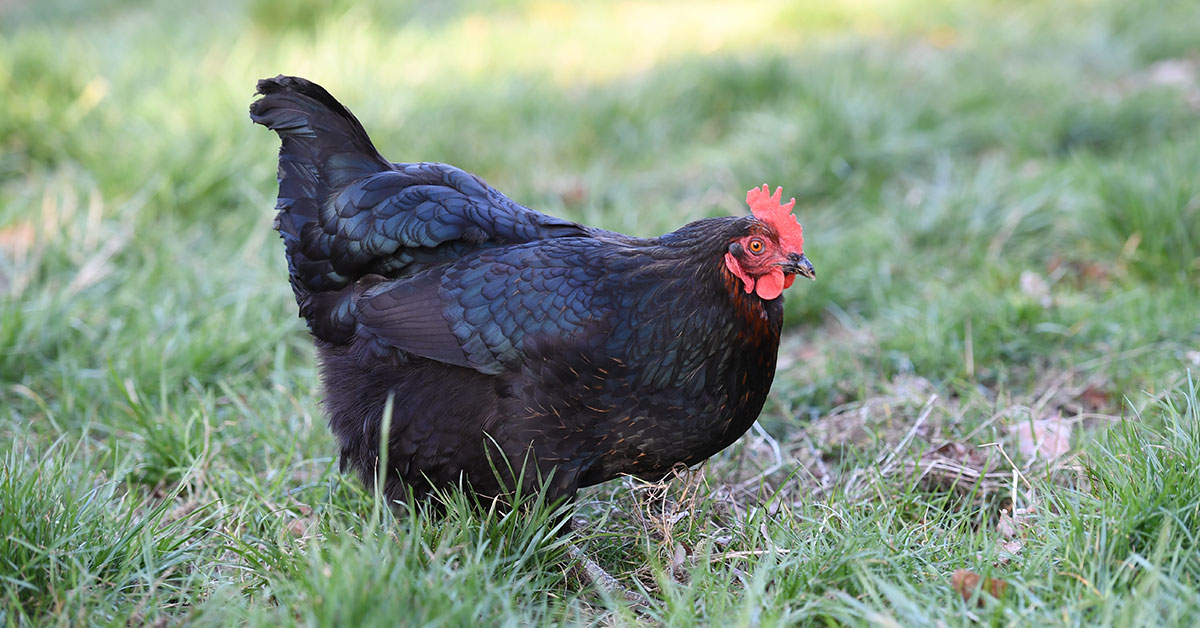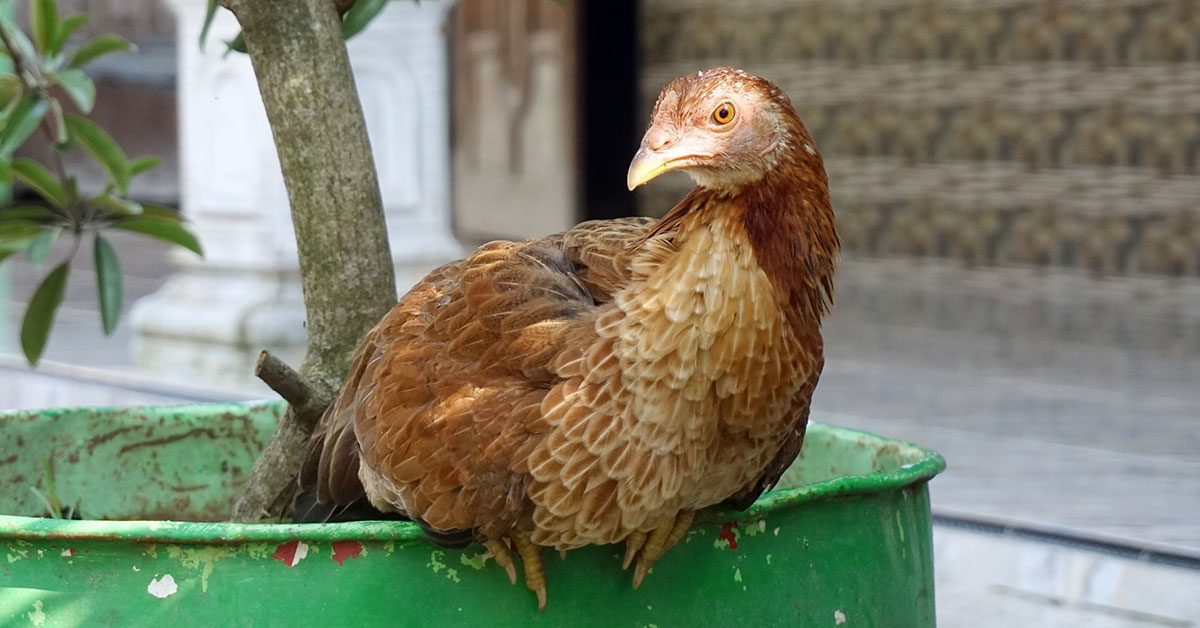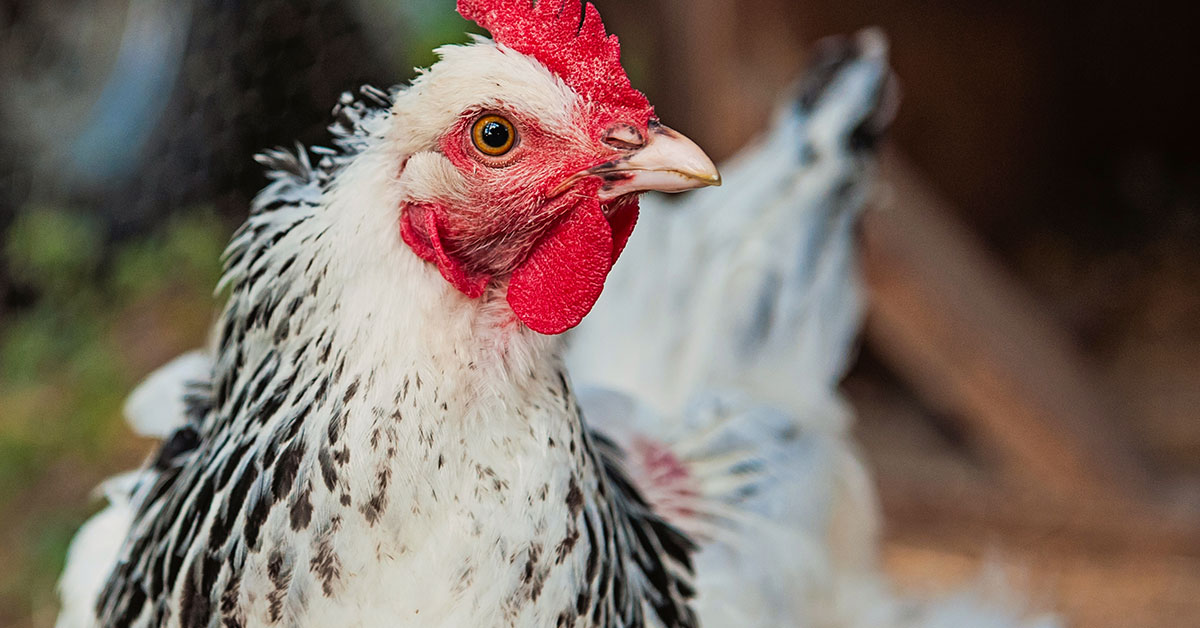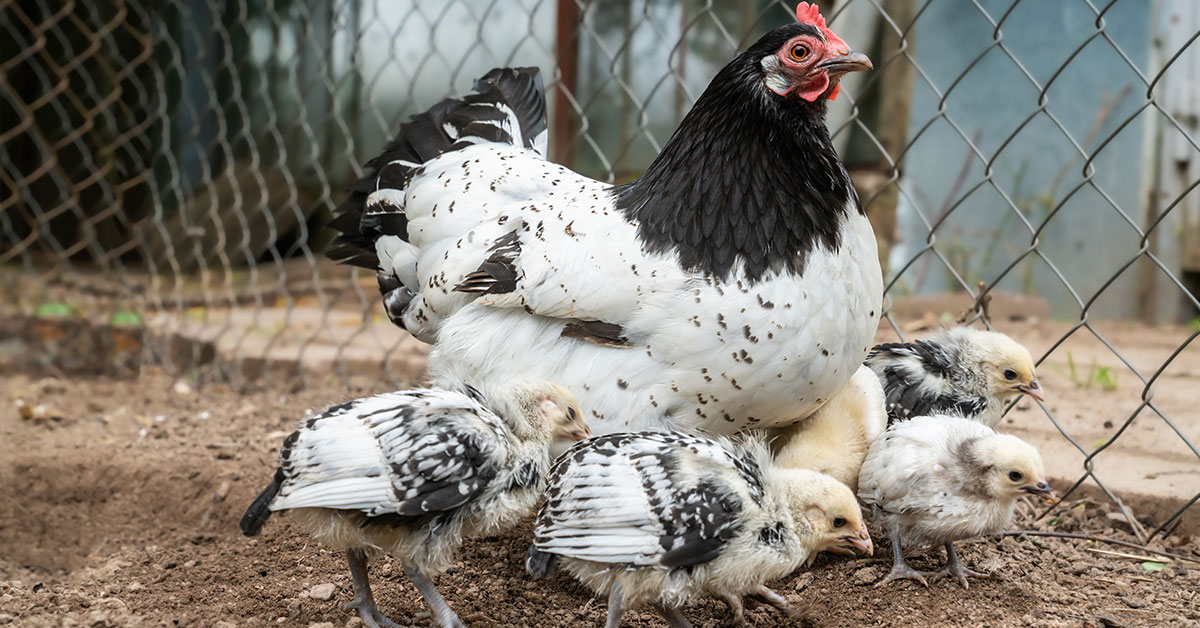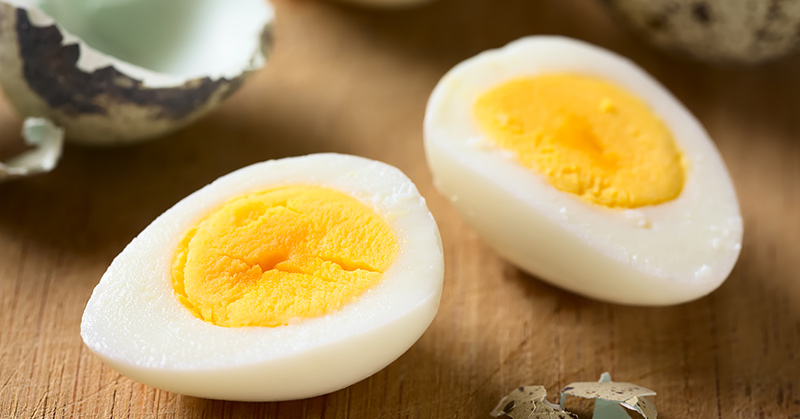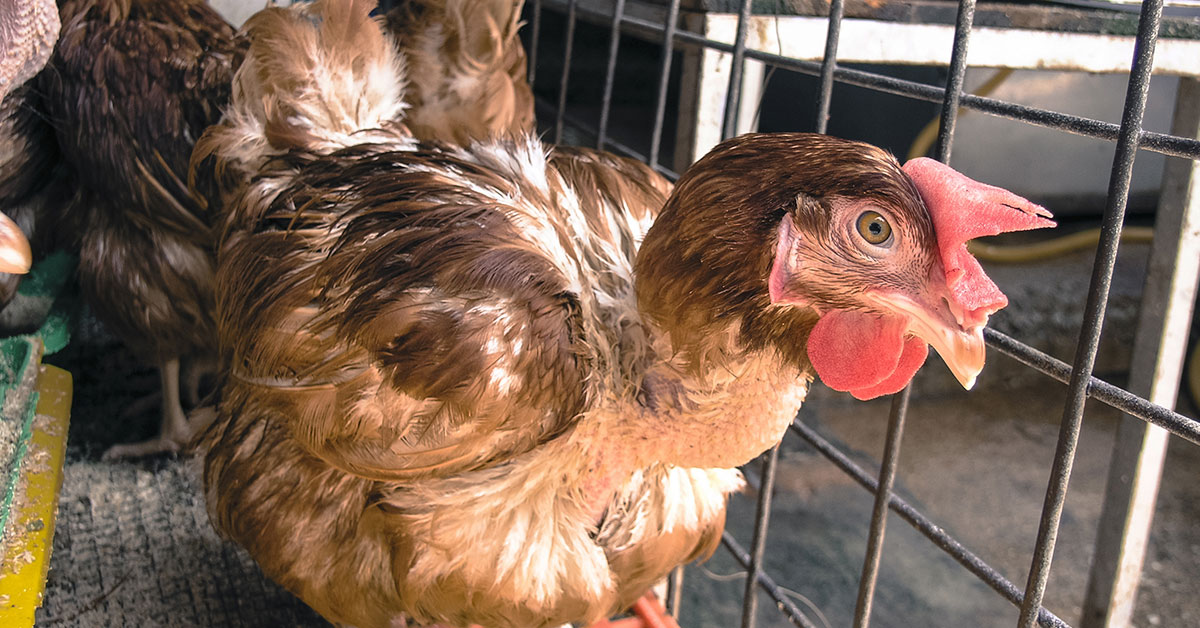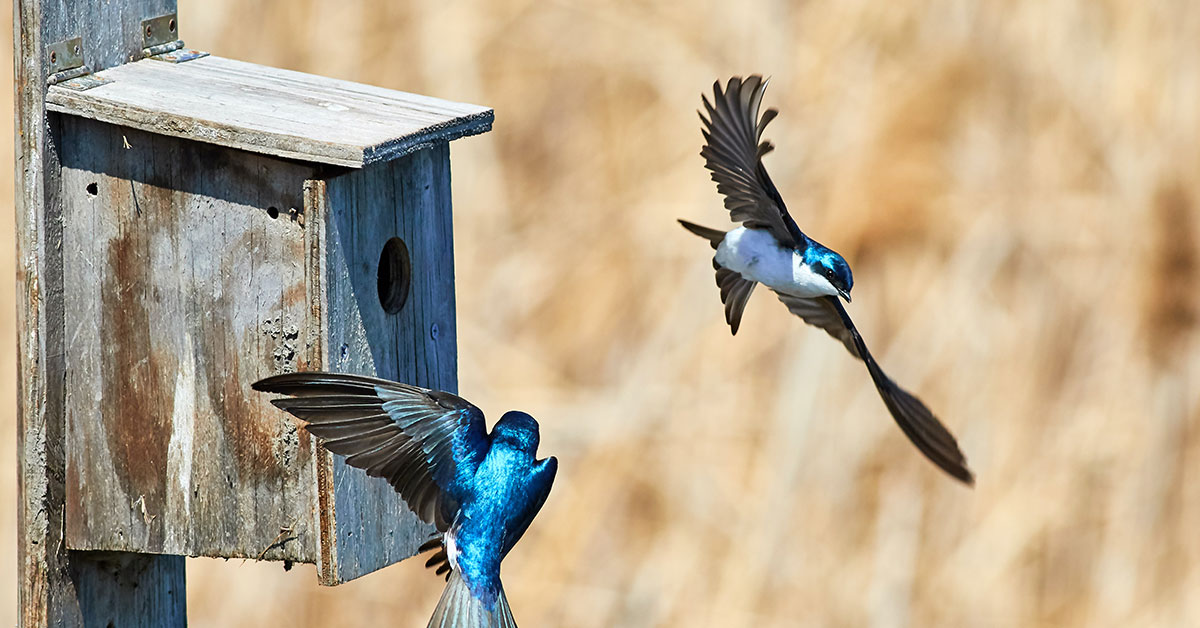I have been raising jumbo Coturnix quail for years and I have come to love this breed of quail. I appreciate the docile and friendly nature of jumbo Coturnix quail (when raised by hand), as well as their hardiness and ease of care. They are a great bird to raise, whether you’re looking for eggs or meat. I have found that I can easily keep jumbo quail in a variety of housing arrangements, from a small aviary to a large outdoor pen. Some don’t like the sounds the roosters make, but I have always enjoyed the sights and sounds of my jumbo Coturnix quail and have come to appreciate the breed as a whole.
Jumbo Coturnix quail vs regular Coturnix quail
The key difference between regular and jumbo varieties of Coturnix quail is in their weight. A regular Coturnix quail weighs about 5 ounces, while Jumbo Coturnix quail can weigh up to 14 ounces. Jumbo quail are larger than regular quail, and are specifically bred for size. Jumbo quail can be used for meat production and are great egg layers as well. Jumbos are ready to be processed for meat at 8 weeks, just like regular varieties of Coturnix quail. Overall, they are hardy birds that I like to keep.
Jumbo Coturnix quail are known to be friendly and quite social if you carefully raise them by hand, and they are easy to handle. Beware though, they can be a little easy to spook and are flighty, making them hard to catch if they escape. At the core of the issue though, their larger size makes them a great choice for those who want to raise quail for meat production.
How many eggs does a jumbo Coturnix quail lay?
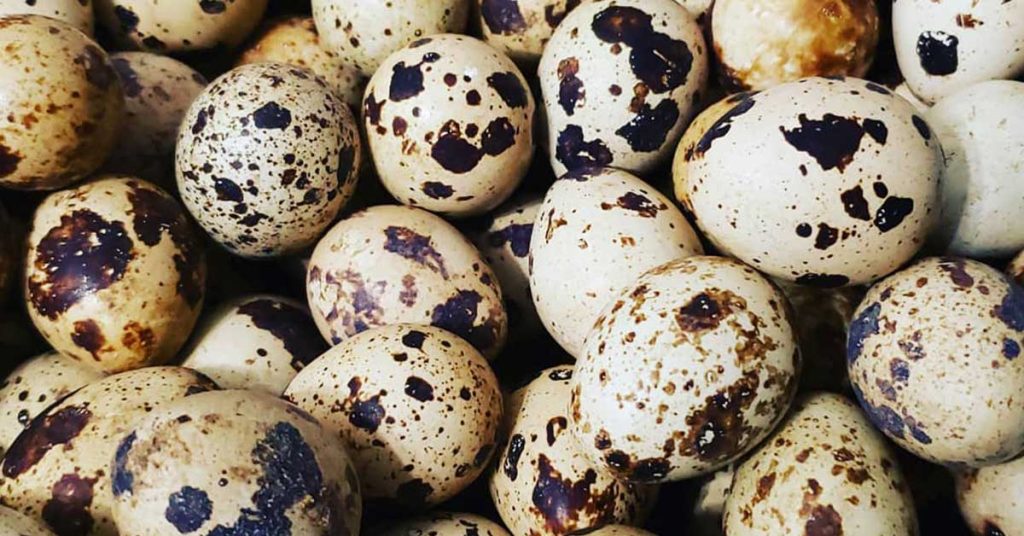
Jumbo Coturnix quail are a great option for people looking to maximize quail egg production in their quail flock. These birds are larger than their regular-sized counterparts, but they lay approximately the same number of eggs each year. Jumbo quail will lay an average of 300 eggs in their first year, and 150 eggs in their second year. Typically, these quail have a lifespan of 2 years, but if they make it into their third year, they aren’t likely to lay many eggs at all.
So even though they’re much larger than regular quail, they are still a great choice for those looking to maximize egg production in their flock. And personally, I think that jumbo Coturnix quail are easier to handle due to their larger size. They don’t fly quite as well as regular sized quail, which makes them easier to catch if they escape.
Problems with jumbo quail
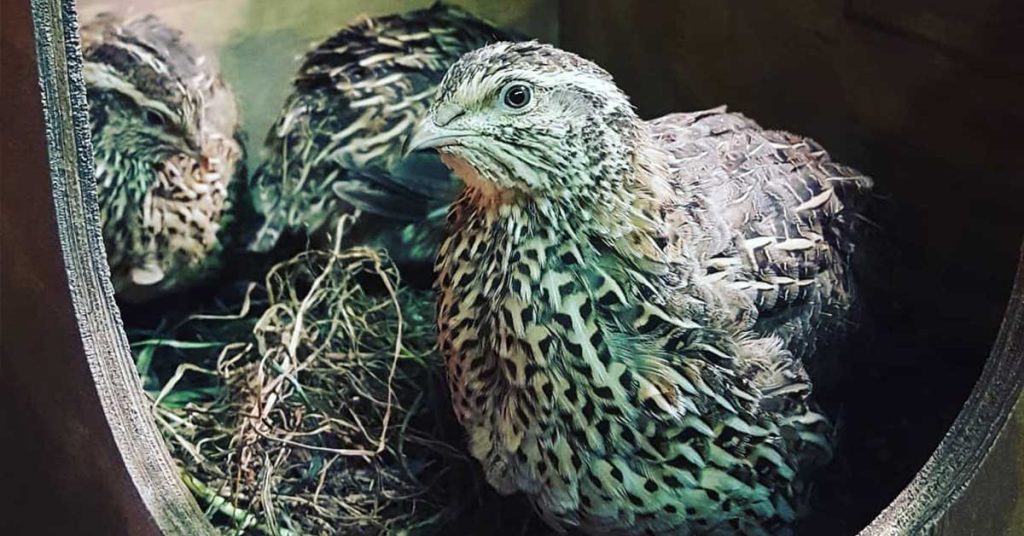
Jumbo coturnix quail are pretty hardy and don’t run into a lot of health issues that some meat chickens do, like excessive weight causing health problems, but Eegg binding is one of the biggest problems I’ve encountered. Egg binding occurs when a quail’s egg gets stuck in the oviduct and cannot be laid. This can be caused by a number of things, including excessive protein in the feed, a genetic predisposition, or an egg that is too large for the bird to pass.
It can be fatal for the quail if it is not treated in time, as the egg can block the oviduct and cause infection or sepsis. Taking preventive measures such as providing plenty of calcium in the diet, not overloading them with protein, and making sure the quail have enough space to move around can help reduce the risk of egg binding.
Where to buy fertile jumbo Coturnix quail eggs
Finding fertile jumbo coturnix quail eggs can be a tricky task, as they are not always readily available at local farms and on Craigslist. And when you do buy fertile eggs from local farms and quail keepers, it can be hard to know for sure if what you’re getting is the jumbo variety. My recommendation is to purchase eggs from a vetted hatchery. It really is the best and only way to ensure that you’re really getting the jumbo variety. Hatcheries have the resources and experience to properly identify and select jumbo quail to breed to ensure that you’re getting the largest quail.
Breeding your own jumbo quail
Incubating and hatching your own jumbo quail is relatively easy. It only takes about 18 days for them to hatch, which is pretty fast as far as hatching poultry is concerned. I’ve written a thorough article about how to hatch Coturnix quail if you’d like to learn more about the process. However, it is important to ensure that you are breeding only the largest jumbo hens and roosters. If you do not select your birds carefully, you may find that the jumbo genes will be bred out of them resulting in more normal-sized quail. To ensure that you maintain the size and quality of your quail, it is important to carefully select the biggest birds when breeding and to monitor each hatchling to ensure that they are growing and thriving. With the right care, you can breed and hatch nice big jumbo quail without having to rely on a hatchery for eggs.
